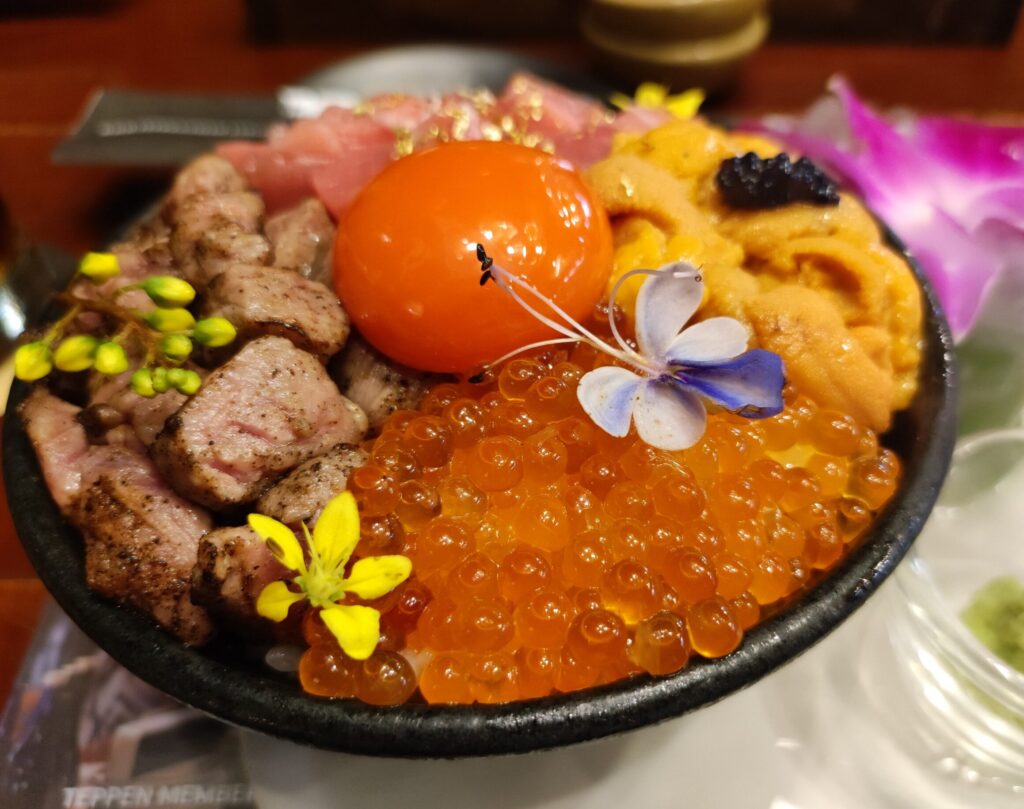
Japanese IKURA is one of the most popular Japanese delicacies, even overseas. Typically sold as soy sauce-marinated fish eggs, many people don’t realize that there are actually two main types of IKURA: those made from Salmon Roe and those from Trout Roe.
This article explains the key differences between salmon roe and trout roe, including how each is referred to in English.
What is IKURA?
IKURA refers to the salted or soy-marinated eggs of salmon or trout. Though they may look similar, their characteristics differ depending on the source fish (Egg size, Flavor intensity, Texture (skin thickness), Price).
Regardless of whether the eggs come from salmon or trout, they are all called “IKURA” in Japanese, as the term simply refers to fish roe.

Comparison: Salmon Roe vs. Trout Roe
The general differences between Salmon Roe and Trout Roe are as follows.
| Salmon Roe | Trout Roe | |
| Egg Size | Large | Slightly smaller |
| Skin Texture | Firmer | Softer |
| Flavor | Rich and umami-packed | Milder and easier to eat |
| Common Uses | High-end sushi, gift products | Household and food service use (cost-effective) |
| Price Range | Expensive | Relatively affordable |
Fish Species Used for IKURA (Japanese & English Names)
In communication with overseas clients, confusing “salmon roe” (from salmon) and “trout roe” (from trout) can lead to misunderstandings or problems. As a rule, we make a clear distinction between the two terms as follows:

If you’re a fan of ikura, we hope this guide helps you better understand what you’re eating. Next time you enjoy these delicious item, you might just appreciate them a little more!
Thanks for reading — and happy tasting.
Contact TSUJISHO Ltd.
E-mail: info@tsujisho.net
